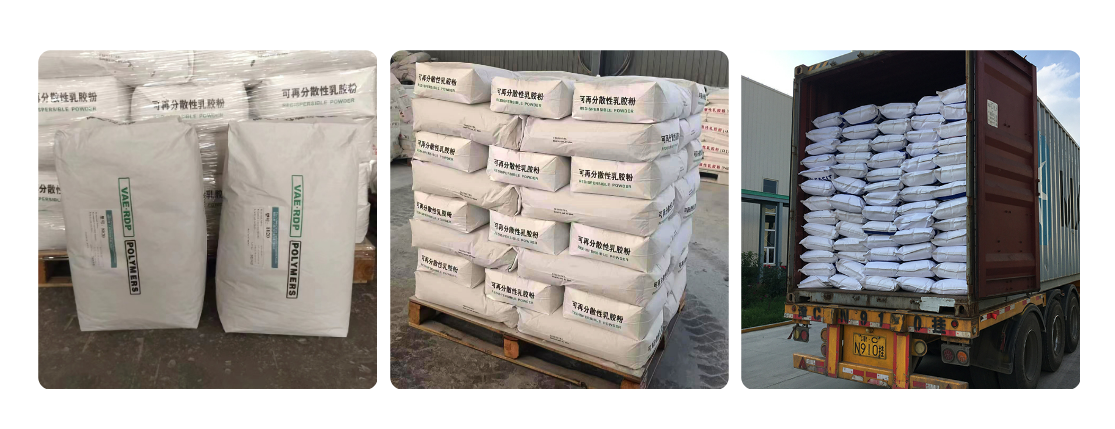
Դկտ . 21, 2024 23:33 Back to list
what is hydroxyethyl cellulose
What is Hydroxyethyl Cellulose?
Hydroxyethyl cellulose (HEC) is a versatile, non-ionic, water-soluble polymer derived from cellulose, a natural polymer sourced from plant cell walls. This compound plays a pivotal role in various industries due to its unique properties and applications, making it a critical ingredient in many formulations, particularly in the cosmetic, pharmaceutical, and construction sectors.
Chemical Structure and Properties
HEC is formed by the etherification of cellulose, wherein ethylene oxide is reacted with cellulose under controlled conditions. The resulting product is a cellulose derivative that retains the backbone of cellulose while incorporating hydroxyethyl groups. This modification grants HEC unique solubility characteristics, making it an efficient thickening agent and film-forming agent in various formulations.
One of the key features of HEC is its excellent water retention properties. It can absorb and hold water, ensuring that formulations maintain appropriate moisture levels. This characteristic is particularly valuable in personal care products, where hydration is crucial for the skin. Additionally, HEC exhibits pseudoplastic behavior, meaning that it becomes less viscous when subjected to shear stress, which makes it easier to apply products that contain it.
Applications in Different Industries
1. Cosmetics and Personal Care HEC is widely used in cosmetics and personal care products such as shampoos, conditioners, lotions, and creams. Its thickening properties help improve product texture and stability, while its ability to form films enhances the smoothness of formulations when applied to the skin or hair. Furthermore, HEC can improve the gloss of products and provide a moisturizing effect, contributing to the overall efficacy and sensory experience of cosmetic formulations.
2. Pharmaceuticals In the pharmaceutical industry, HEC serves multiple purposes. It is utilized as a thickening agent in ointments and gels, increasing the viscosity and improving the stability of topical formulations. HEC is also used as a suspending agent for suspensions and as a binder in tablet formulations. Its biocompatibility makes it a favorable choice for various drug delivery systems.
what is hydroxyethyl cellulose

3. Construction In the construction industry, hydroxyethyl cellulose is used as an additive in cement-based products, such as tile adhesives and grouts. HEC enhances the workability and water retention of these materials, allowing for better adhesion and easier application. Moreover, it helps improve the durability and flexibility of the final product.
4. Food Industry Although less common than in other sectors, HEC is occasionally utilized in the food industry as a thickening agent and stabilizer. Its ability to retain moisture can contribute to the texture and stability of certain food products, enhancing their overall quality and shelf life.
Environmental Impact and Safety
As a derivative of cellulose, HEC is generally considered safe for use in a variety of applications. It is biodegradable, which means that it breaks down naturally in the environment, reducing its ecological footprint compared to many synthetic polymers. Furthermore, HEC is non-toxic and has low skin irritation potential, making it suitable for use in personal care and pharmaceutical products.
However, it is essential to consider regulatory guidelines and ensure that products containing HEC meet safety and efficacy standards. Manufacturers must conduct thorough testing to ensure that formulations are safe for consumers and comply with relevant regulations in their respective regions.
Conclusion
Hydroxyethyl cellulose is a remarkable ingredient renowned for its multifunctional properties, making it a staple in various industries, including cosmetics, pharmaceuticals, construction, and food. Its ability to thicken, stabilize, and enhance product performance has solidified its role as a valuable additive. As the demand for sustainable and effective ingredients continues to grow, HEC's natural origins and environmental compatibility position it as a favorable choice in formulations across different sectors. With ongoing research and innovation, the applications of hydroxyethyl cellulose are likely to expand further, highlighting its importance in both current and future product development.
-
The Widespread Application of Redispersible Powder in Construction and Building Materials
NewsMay.16,2025
-
The Widespread Application of Hpmc in the Detergent Industry
NewsMay.16,2025
-
The Main Applications of Hydroxyethyl Cellulose in Paints and Coatings
NewsMay.16,2025
-
Mortar Bonding Agent: the Key to Enhancing the Adhesion Between New and Old Mortar Layers and Between Mortar and Different Substrates
NewsMay.16,2025
-
HPMC: Application as a thickener and excipient
NewsMay.16,2025
-
Hec Cellulose Cellulose: Multi functional dispersants and high-efficiency thickeners
NewsMay.16,2025







